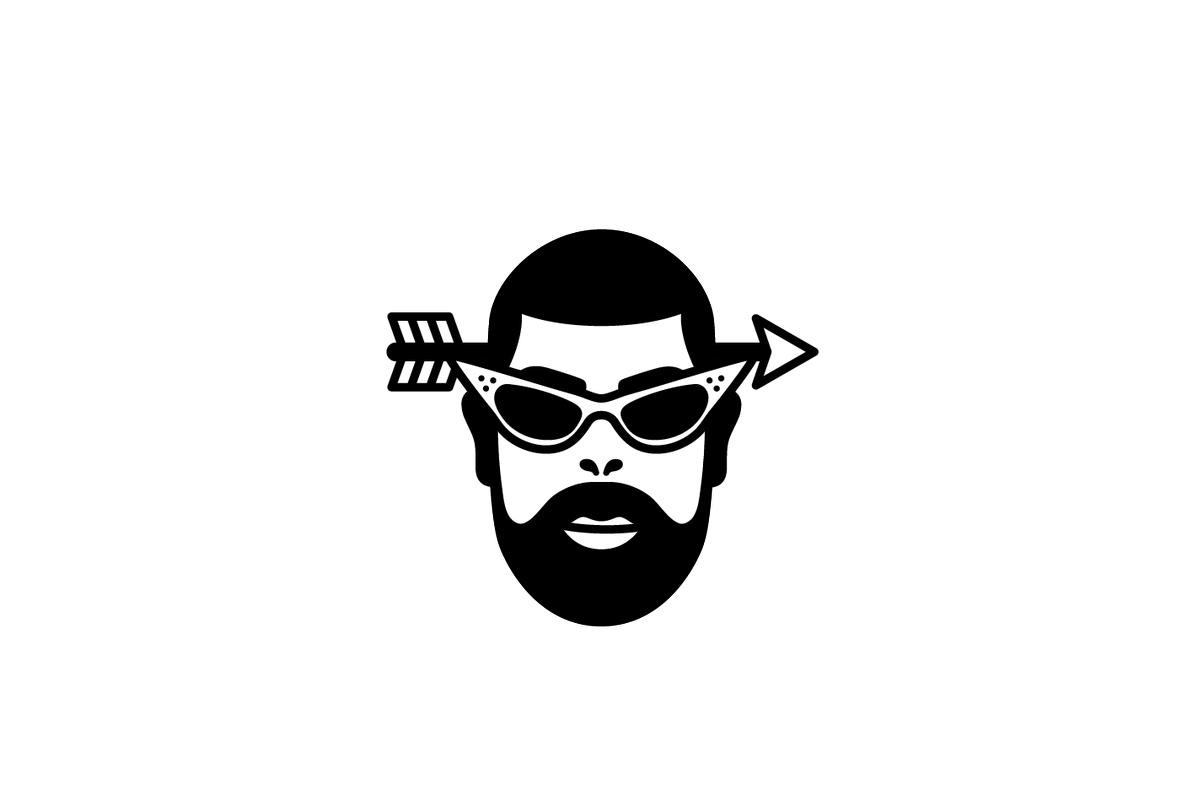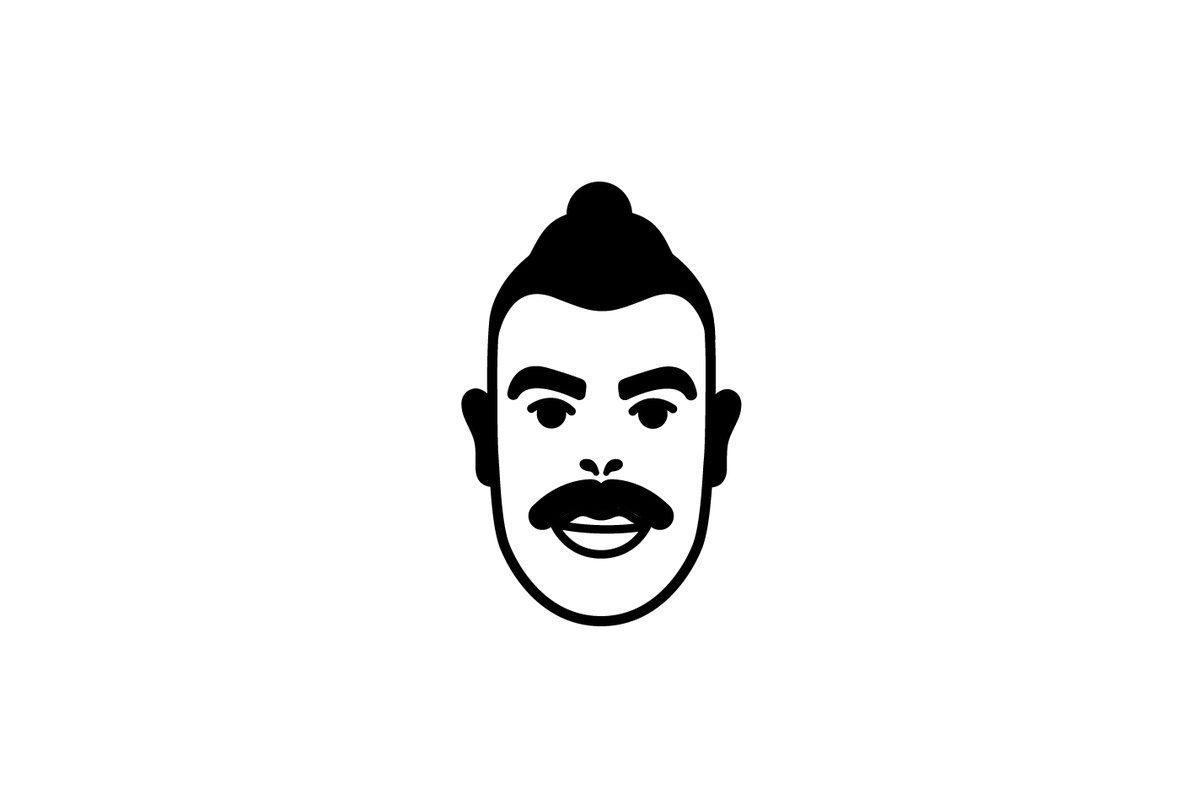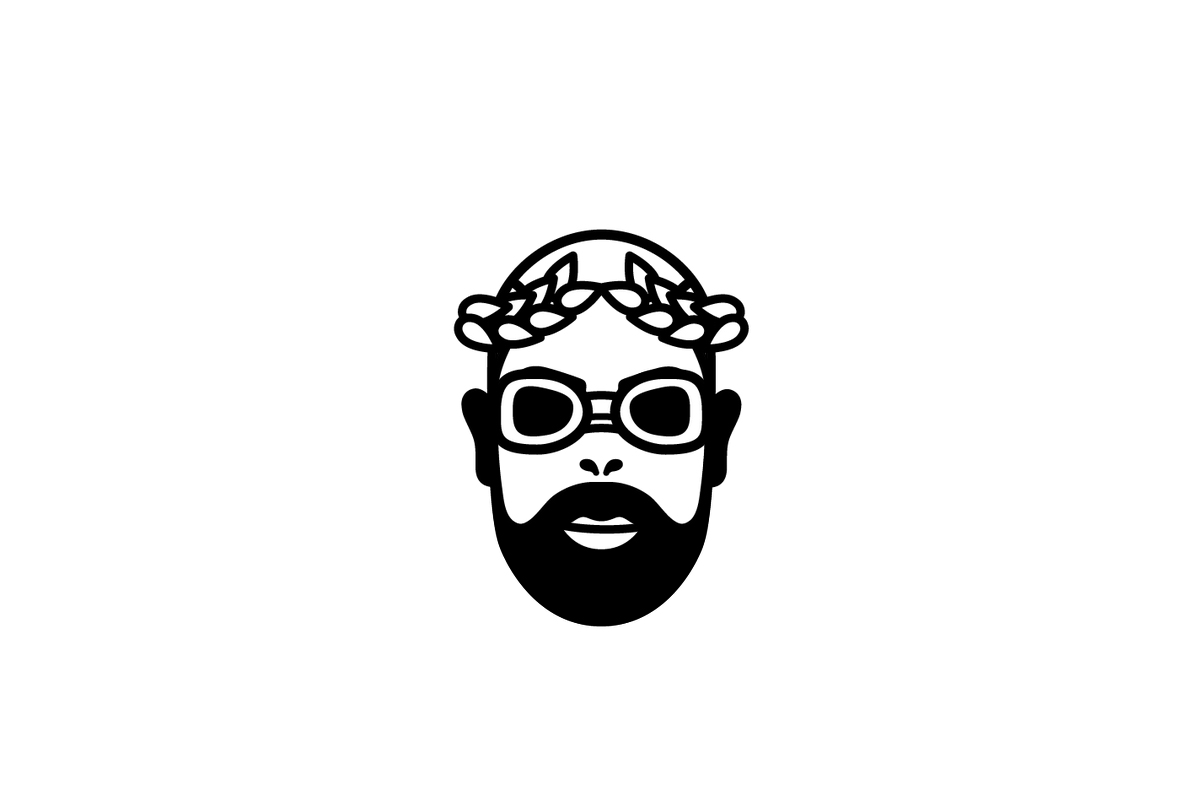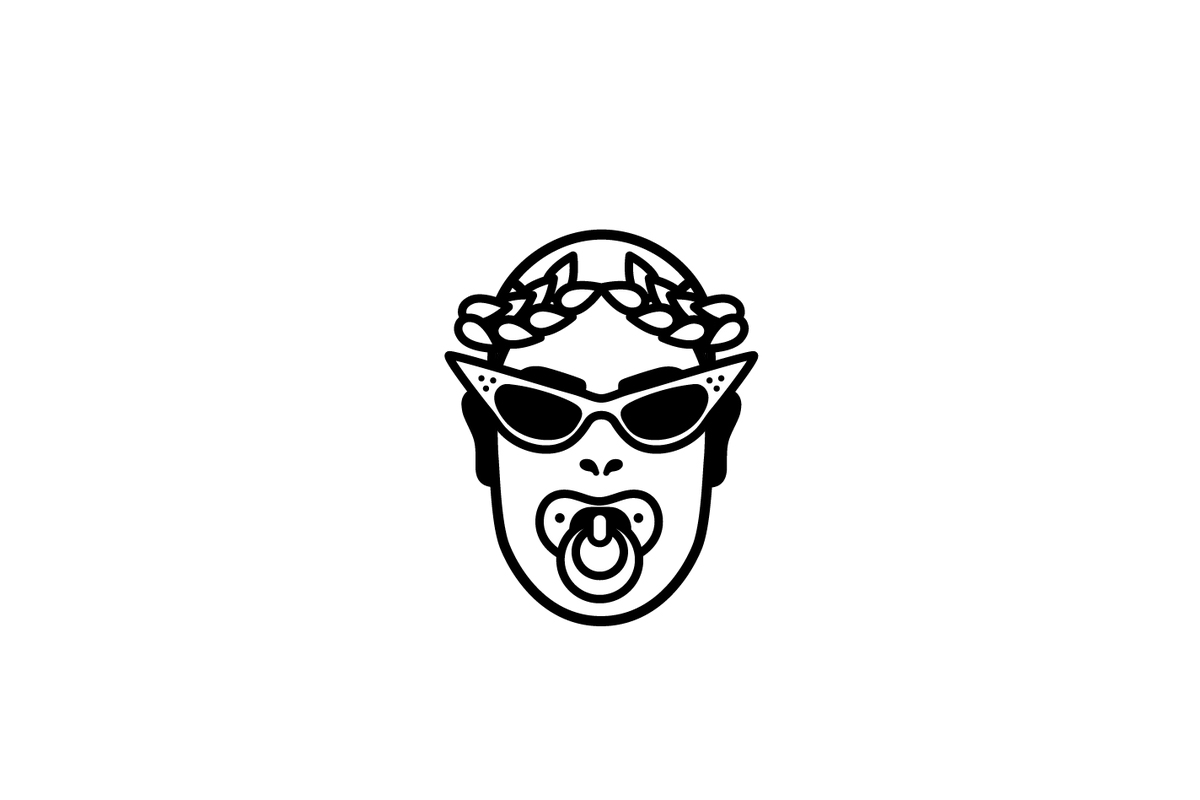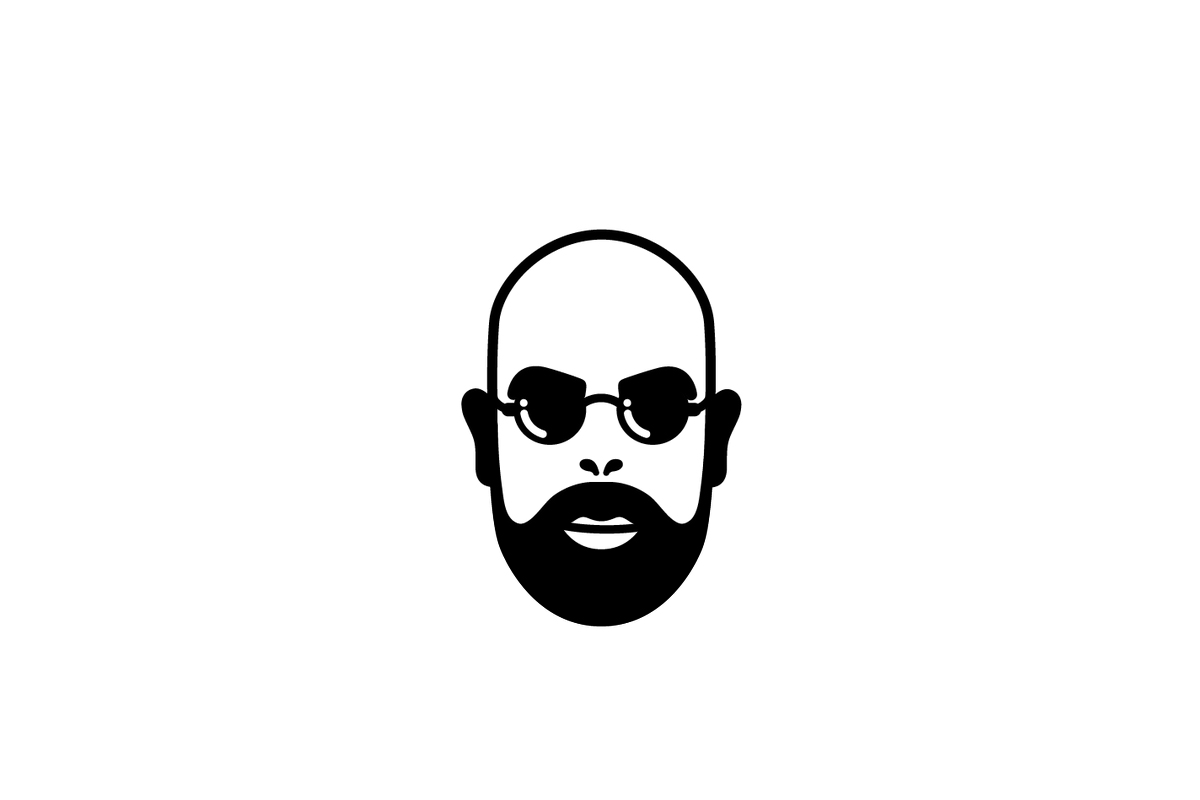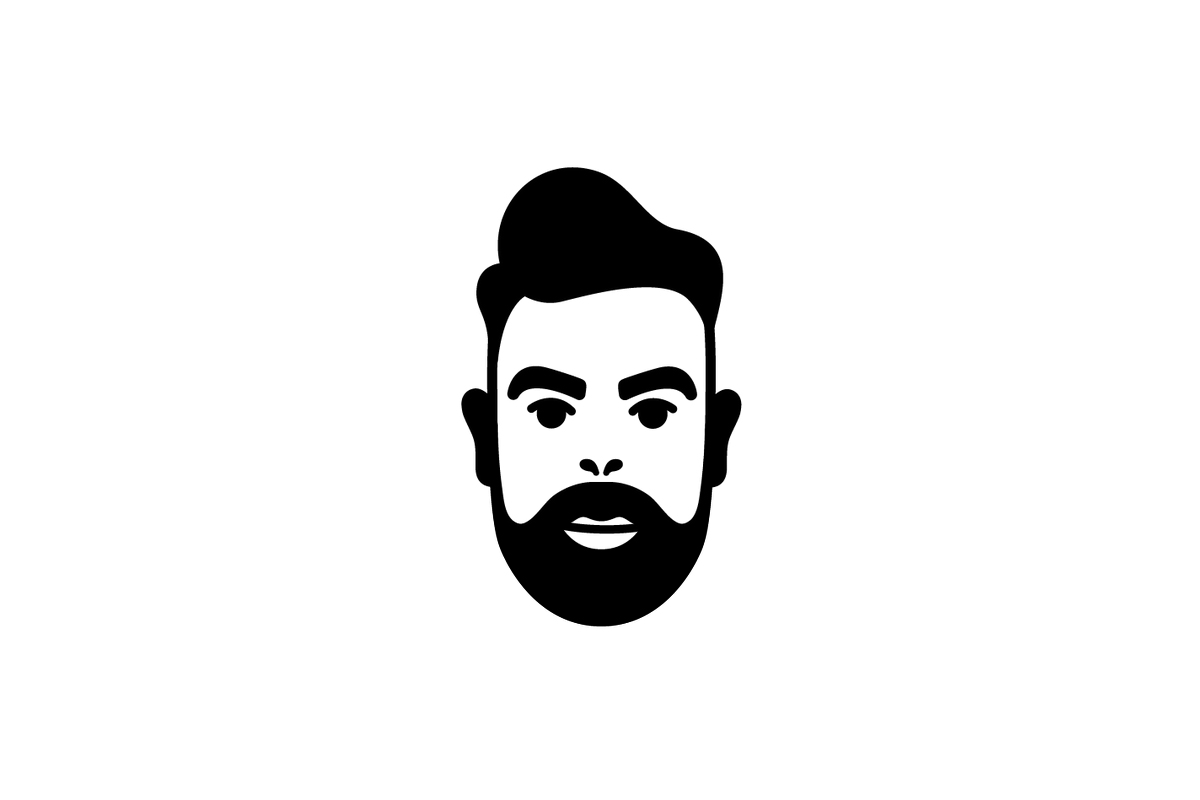What was it like to work with so many people? What are some best practices for collaboration?
Fortunately for us, we had worked together on projects before the film concept even came up. In fact we all went to ad school together in Miami. So by the time we embarked on the feature we knew how to function as one group to accomplish a goal.
As mentioned before, we used to all share an apartment in the Lower East Side. On the wall in the kitchen we created a kind of white board where anyone could write interesting thoughts, or project ideas. So we got very used to talking about ideas casually in our free time or over meals.
When it came time to execute a project, we always seemed to work out a division of labor that suited the skills of everyone in the group.
When Branden brought the idea for the short film to us, we loved it and immediately started thinking about how we would execute it. Each of us brought something to the table, and we knew we had something engaging on our hands. For the short, we all shared the responsibilities of production. Branden wrote the script and lead casting, while the rest of us divided up the work for securing locations, logistics, and creating a schedule. We made all of the creative decisions together, and the end product was better for it. Stefan, having an interest in cameras, was our DP from the get-go. We fortunately also had the help of an amazing editor and colorist that we had met during our day jobs in advertising.
With the feature, roles became more defined due to the traditional credit structure of a film, but we all still crossed over in responsibilities behind the scenes. Branden wrote the script while we all discussed drafts and gave notes on story arc, plot points, and character development that directed the screenplay to its final draft. During production, Branden directed and Stefan continued as DP. Jan and Thomas were credited as Executive Producers, which can mean a lot of things, but in this case it meant they were the creative voices behind the set. During every take, we were still discussing the project as a group. It was really great to have that support when undertaking a project of this magnitude.
The process of making Ratter was very collaborative for us because we were all used to thinking as a creative group, and building on each others’ ideas. We created the kind of atmosphere where it was okay to say something stupid, because we knew this often leads to great ideas. And the best ideas floated to the top.
The reason we are able to function well as a group is because we built a high degree of trust over many projects. We all recognized that everyone had talent, and thus we knew their opinions held value. It can still be challenging when someone wants to fight for a point or an idea, but we know that these debates make the product better.
Just as in advertising creative partnerships, the best ideas don’t always come from people who think exactly the same way. With our group I think we have a great mix of different personalities and creativity, and this makes for an excellent end result.
The best suggestion for working in a group is to find people whose work you respect, and try to do some interesting projects. It may not work out, but sometimes it does. There is a weird chemistry with groups, and we were just kind of lucky it worked for us.
You decided to make a short film first. Why? What did you learn and how did it affect the feature length film?
We knew we had an interesting topic on our hands, but we didn’t have the resources for a feature. So we made the short for $500, using what we could and shot it over two days. The short gave us a better insight into what a feature would require from a production standpoint, as well as giving us more ideas for a bigger story.
































